In many areas of North America, the varied songs of birds can be heard as they head home from their winter migration. Have you and your children started noticing new birds outside your windows? How do you get these birds to stop in your yard on the way or even make it their summer home?
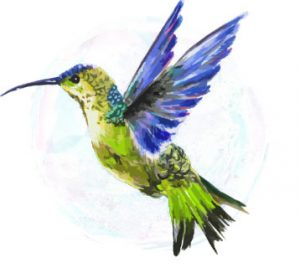
The more natural the habitat you provide, the more likely birds are to become regular visitors. (Fun fact: Amateur bird-watchers are often referred to as “birders,” and the study of birds is called ornithology.) It’s never too early to start this popular hobby with a few simple steps.
Use the tips below to help birds feel right at home in your backyard. Once you learn how to attract birds, download our free printable poster, Birds of North America. It features 26 beautiful watercolor illustrations of common birds such as the blue jay, great blue heron, mourning dove, and American robin, and it includes a fun family activity!
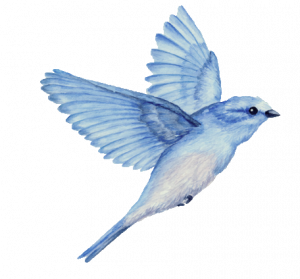
Free Printable: Birds of North America
1. Set Up Bird Feeders in Your Yard
Like all creatures, birds need to eat to survive. Putting up bird feeders is a good first step to bringing these beautiful animals to you! Stock the feeders with foods that appeal to your local birds. For example, orioles will come back each year if they know where to find an orange cut in half! Provide a variety of treats. Birds love different types of seeds, but they also enjoy suet or berries. (Do not feed birds bread or rice because these foods expand in their stomachs.)
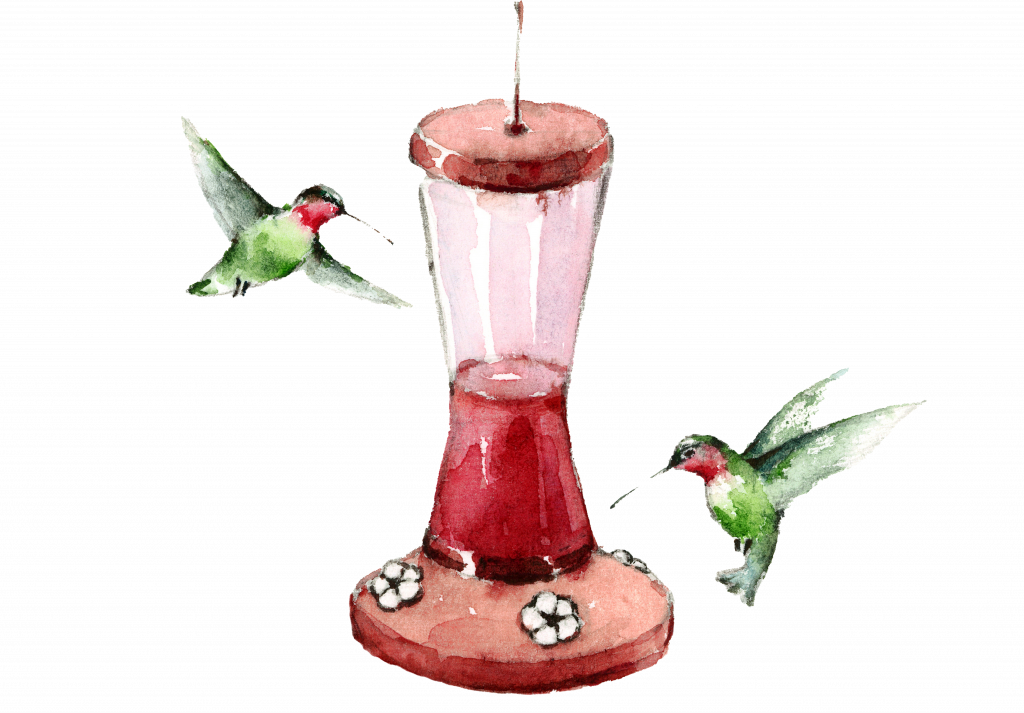
Then, make sure bird feeders are located where the birds can easily access them and they won’t tip over. Squirrel-proof your feeders if you can! Birds will appreciate your keeping their food safe from pesky pests.
Don’t cut your lawn too short, either. While many homeowners love a short, manicured lawn, birds like to find meals in the longer blades, digging for seeds and other treats.
2. Provide a Clean Source of Water
A fresh, clean water source is also important to attracting birds. If you don’t live near a natural water source, a birdbath is perfect! It doesn’t have to be fancy, just enough to let the birds know they can grab a drink or take a refreshing bath.
3. Add Birdhouses
Think about the birds you want to attract before buying or constructing just any birdhouse. Some species, such as wrens and chickadees, prefer to nest in a house hanging from a tree. Other birds, like American robins and woodpeckers, enjoy a house mounted to a tree. A birdhouse mounted to a post can attract bluebirds and tree swallows.
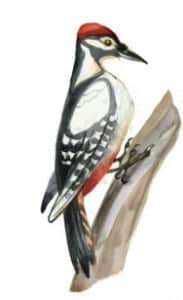
Many varieties of birdhouses are available in just as many colors, shapes, and sizes! Birds also love to take breaks on perching sticks that can be made from branches or other wood rods.
4. Plant Flowers and Bushes
Birds love bright colors and fragrant flowers. Fill your yard or balcony boxes with a variety of bird-attracting native plants. Hummingbirds gather nectar from bright red flowers such as salvia, while asters attract a variety of songbirds. Seed-producing flowers such as goldenrods, coneflowers, sunflowers, and berry bushes or trees provide food sources for many different birds. A quick online search will help you find out which birds will be attracted to your favorite annual or perennial plants.
5. Learn About Local Birds
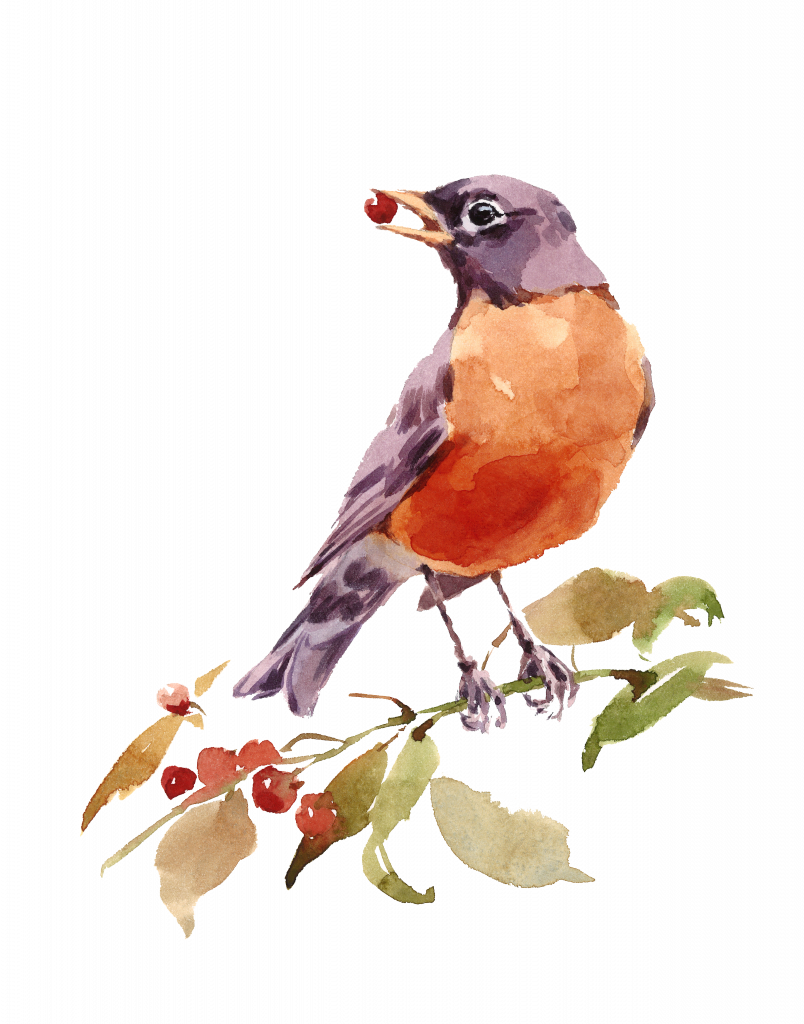
Track birds’ migration patterns! This is a big help if you want to attract birds that are not going to stay in your area long. Many bird-watching and migration sites share the fall and spring migratory patterns of local birds and their sightings so others can prepare and enjoy these special times each year.
6. Learn How to Identify Birds
Pay attention to and learn the songs and calls of local birds. This is fun, especially as the seasons change and new birds fly in and out of your area. Identifying birds and their unique sounds will help you recognize birds in your yard.
Now that you’re all set, sit back and enjoy! Birds will remember where to go if you keep the feeders filled and birdbaths full. You may be amazed at the many types of birds native to your area and how much you look forward to their company year round.
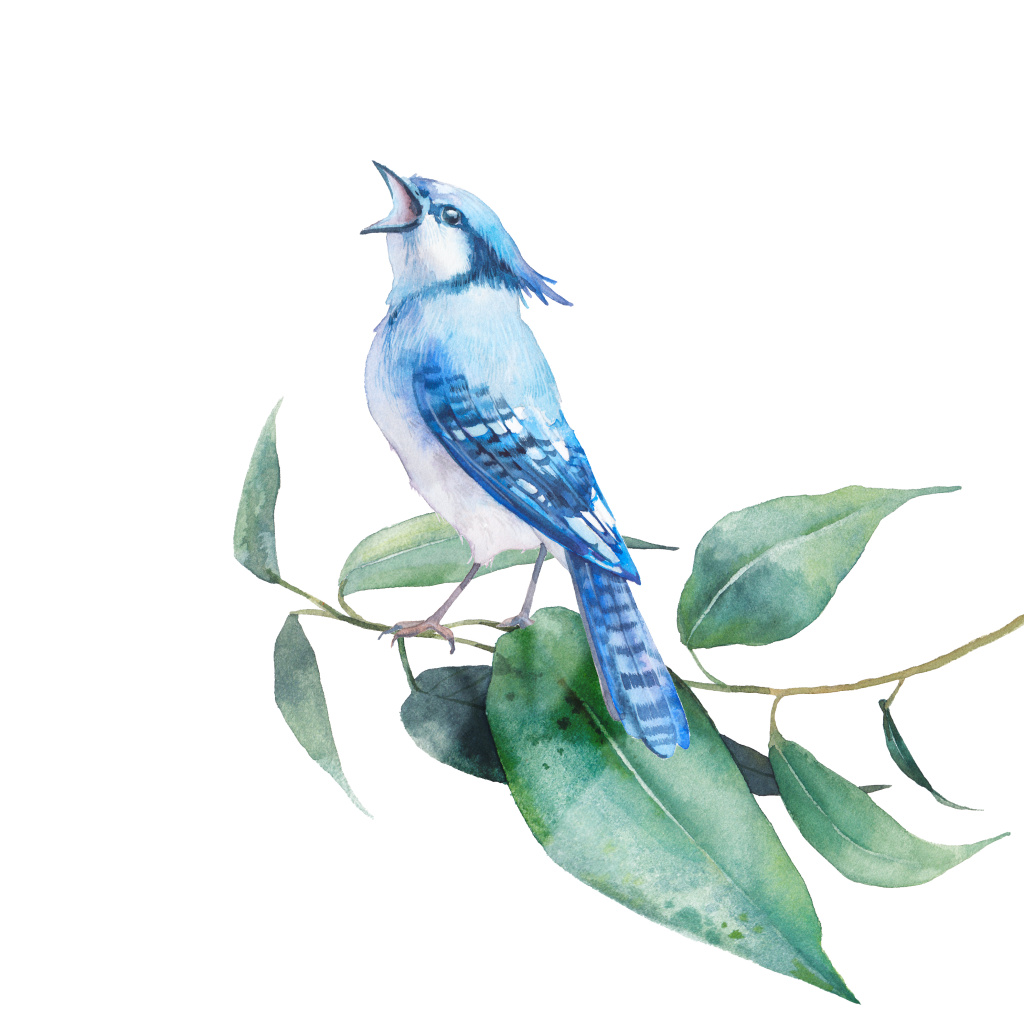
Learn more about birds in The Good and the Beautiful Science homeschool unit studies, especially our popular Birds course!
You may also like . . .

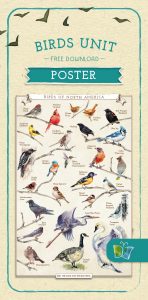
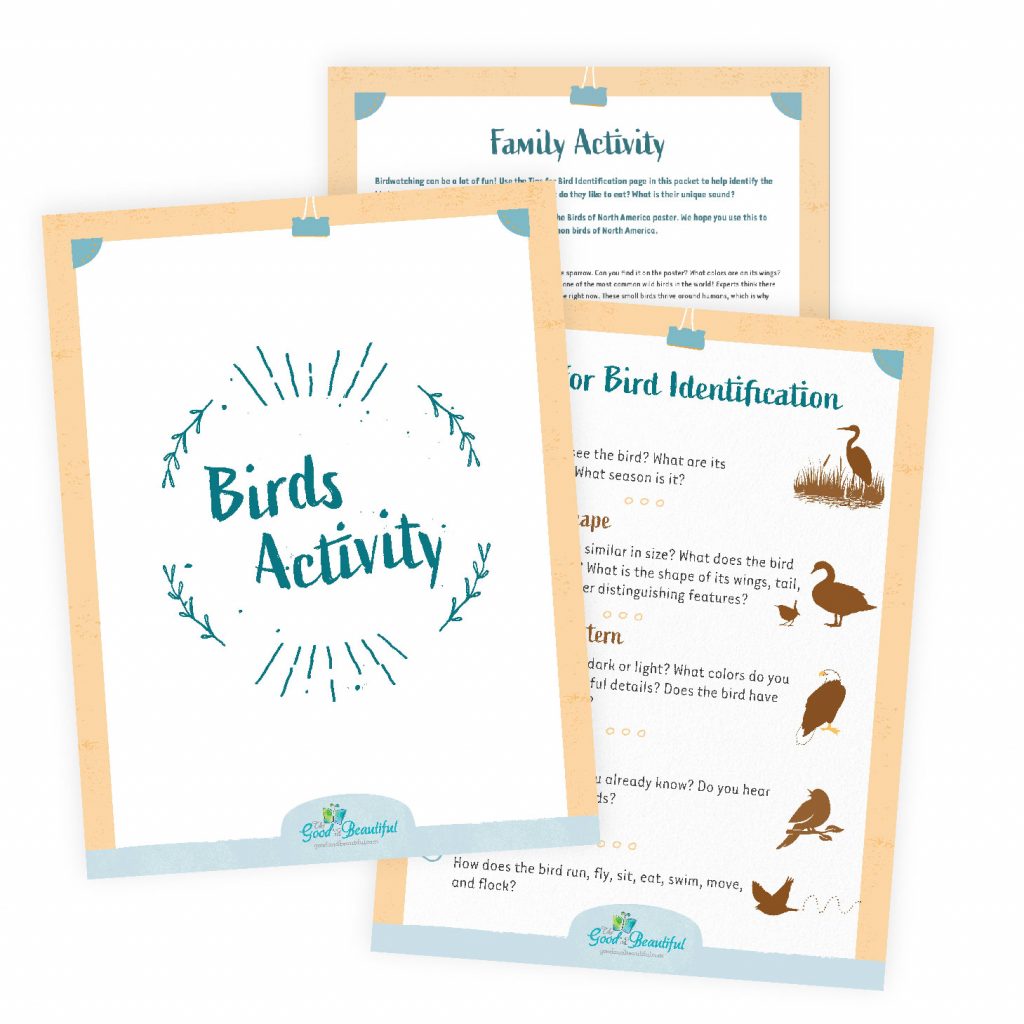
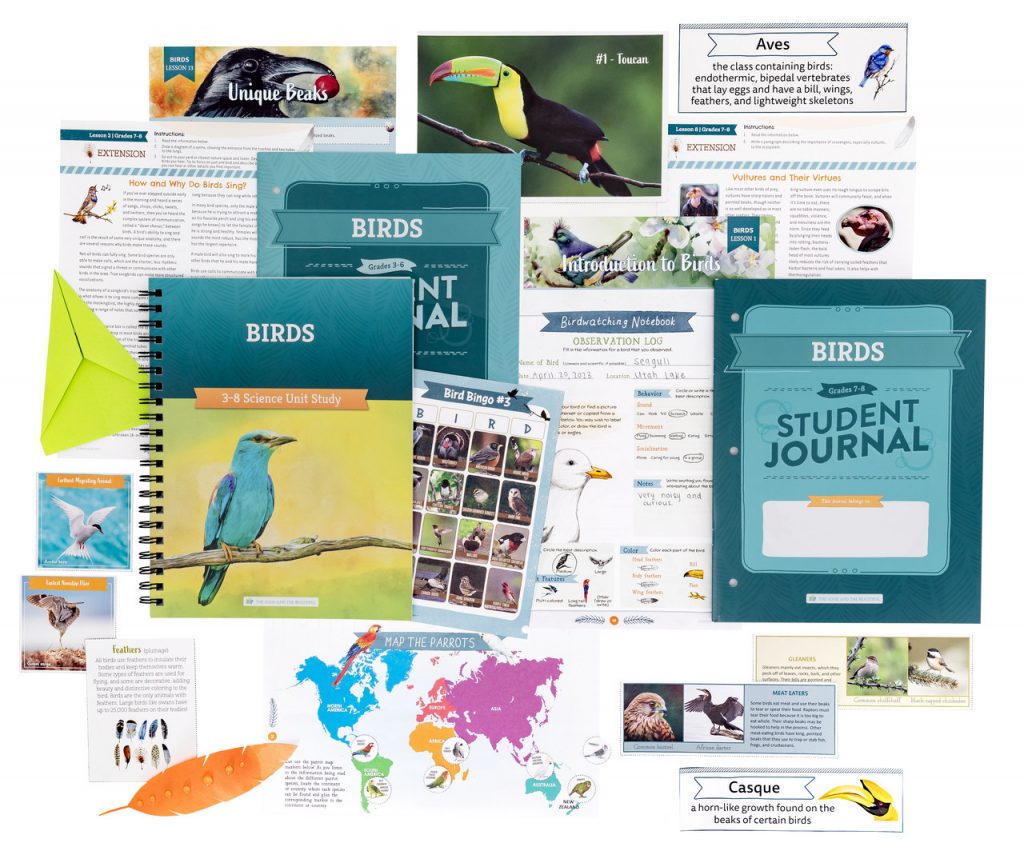
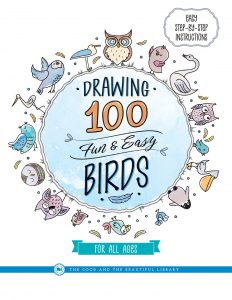
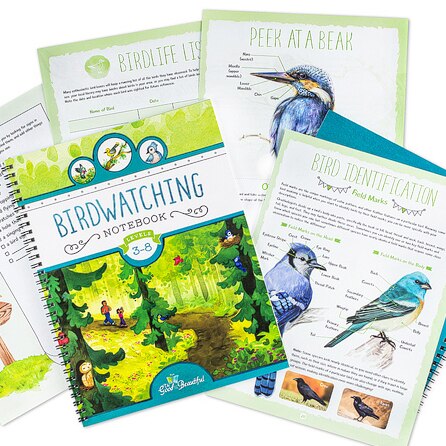
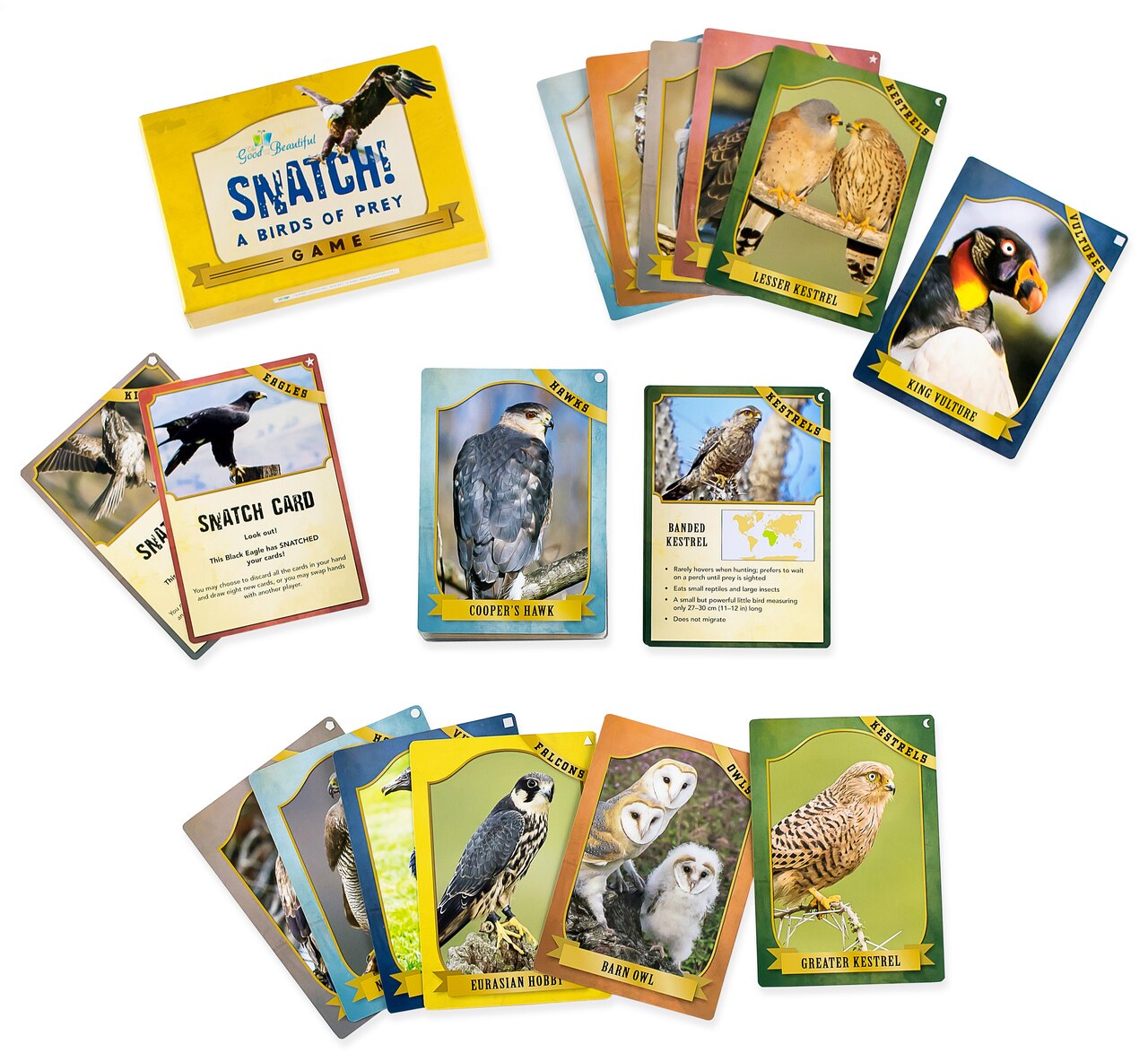


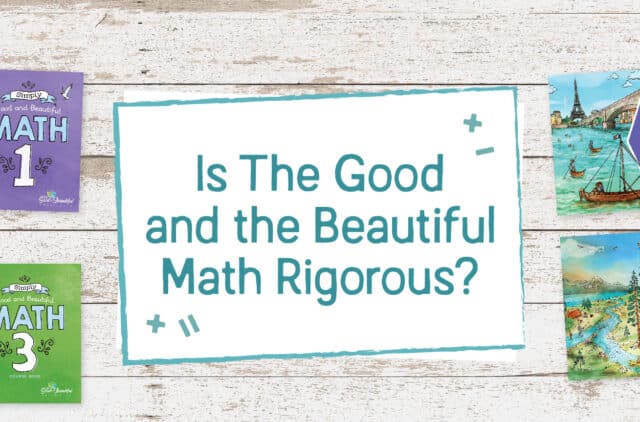
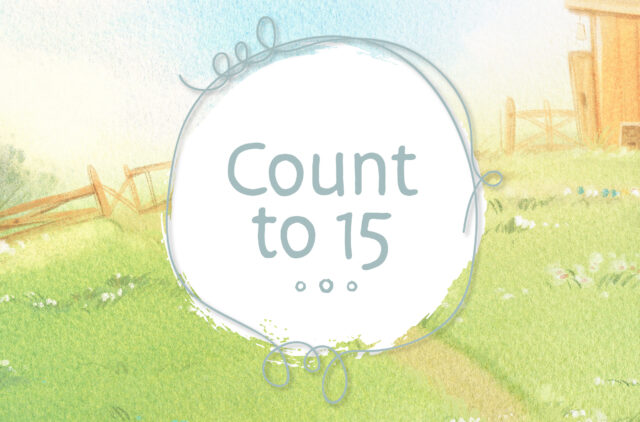
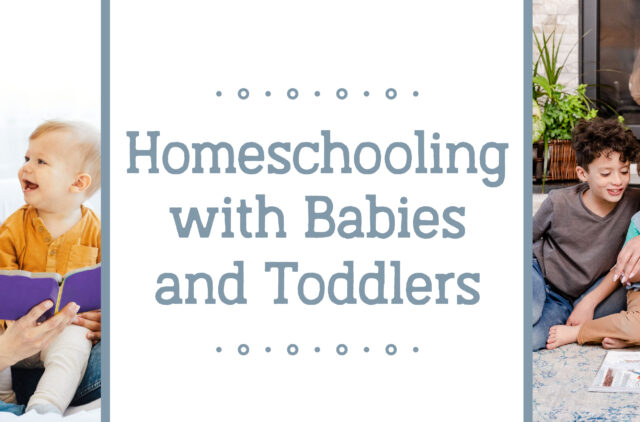
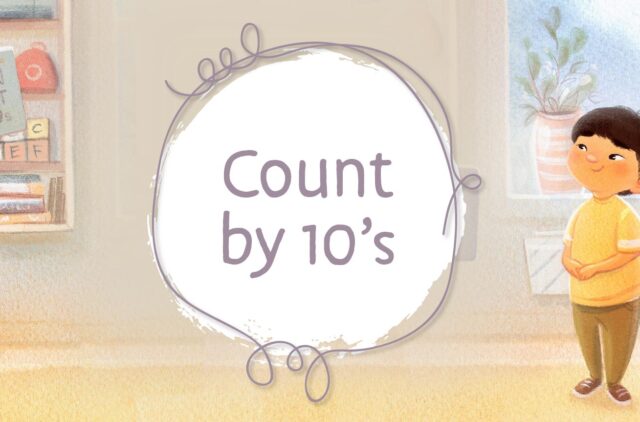
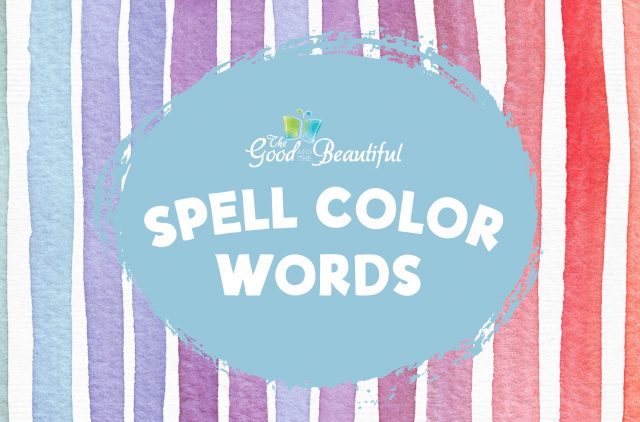
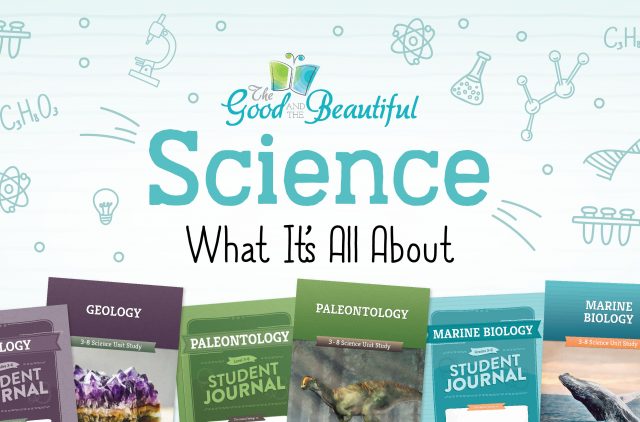
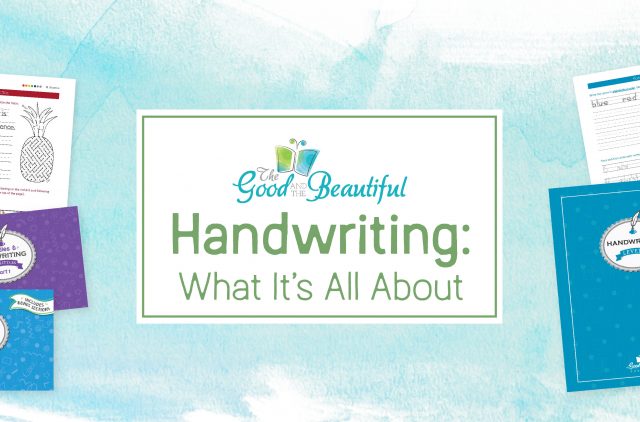
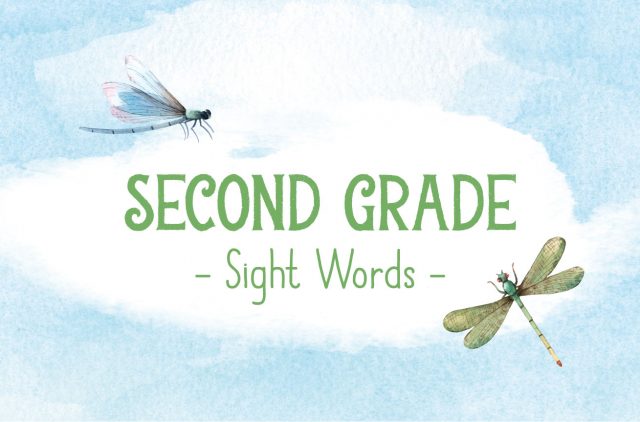
Comments